The Complete Guide to D2C: What Is Direct-to-Consumer and How It Differs from B2C [2025]
D2C Demystified: Unlock the Potential of Direct-to-Consumer to Revolutionize Your Brand and Build Meaningful Customer Relationships.
D2C Demystified: Unlock the Potential of Direct-to-Consumer to Revolutionize Your Brand and Build Meaningful Customer Relationships.
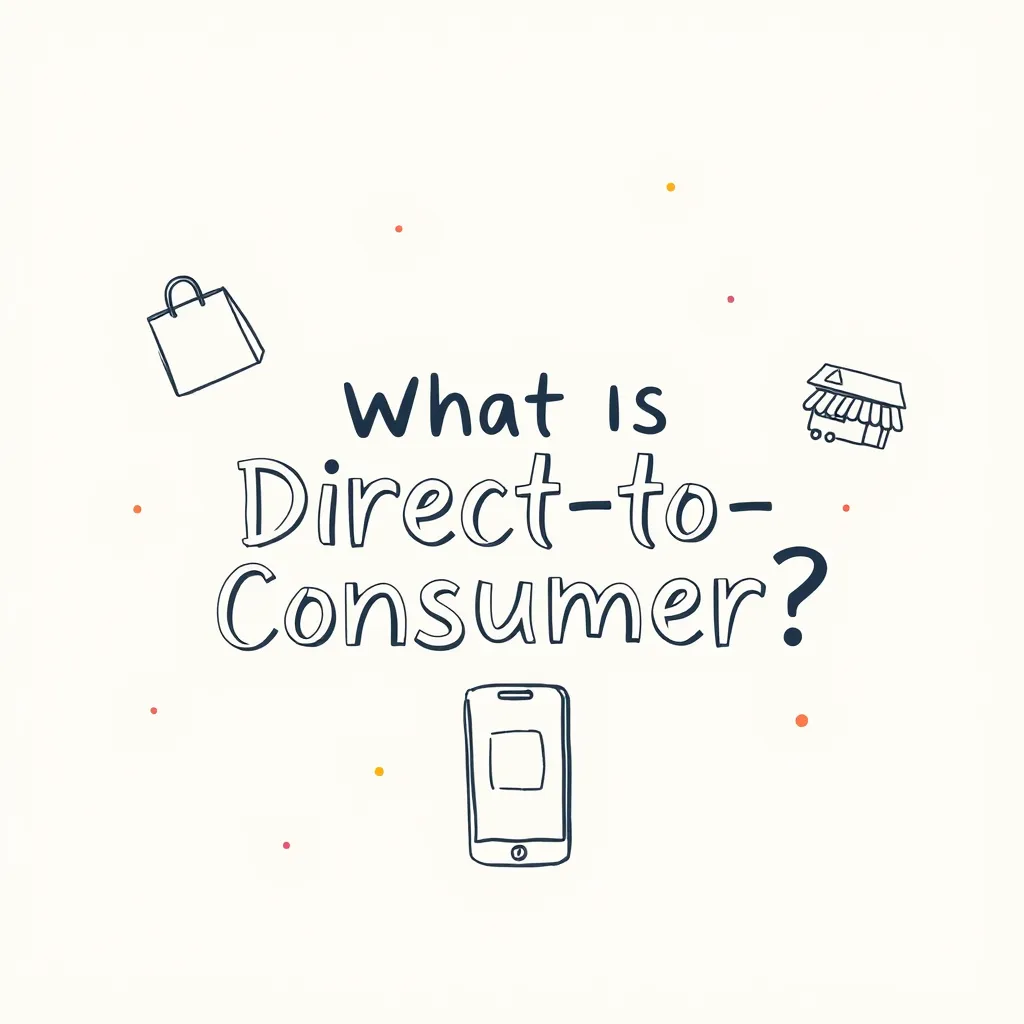
Direct-to-Consumer (D2C) has revolutionized how businesses connect with customers, offering a model where brands cut out the middleman and sell directly to their audience. In a world dominated by convenience and personalization, the D2C model allows companies to own every step of the customer journey, from product development to delivery. This approach empowers brands to build stronger relationships, provide tailored experiences, and adapt quickly to market demands.
While D2C shares some similarities with the traditional Business-to-Consumer (B2C) model, the differences are fundamental. Unlike B2C, which often relies on retailers or third-party distributors, D2C brands manage everything in-house—giving them greater control but also presenting unique challenges.
This guide will explore the ins and outs of the D2C model, its advantages, and how it stacks up against B2C. Whether you’re a business owner considering a D2C approach or simply curious about the dynamics of modern eCommerce, this guide will help you navigate the world of direct-to-consumer strategies effectively.
Direct-to-Consumer (D2C) is a business model where brands sell their products or services directly to customers without relying on third-party retailers, wholesalers, or intermediaries. By bypassing traditional distribution channels, D2C brands maintain full control over every aspect of the customer journey, including branding, marketing, pricing, and fulfillment.
Direct Customer Interaction:
Brand Control:
For more tips on customer service, read our article: # 7 Examples of Bad Customer Service and How to Avoid Them.
Use of Owned Channels:
Data-Driven Decisions:
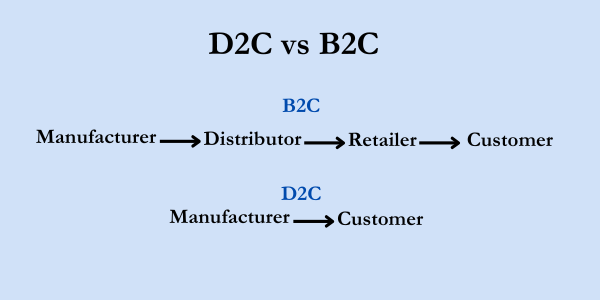
While both D2C and B2C models cater to end consumers, they diverge in execution:
D2C is is a reflection of changing consumer habits. Buyers today value personalized experiences, ethical production, and transparency, all of which are easier to deliver when businesses interact with their audience directly.
The rise of affordable eCommerce platforms, advanced analytics tools, and social media advertising has also lowered the barriers to entry for D2C businesses, making it an attractive option for startups and established brands alike.
Although both D2C (Direct-to-Consumer) and B2C (Business-to-Consumer) focus on selling products to end-users, their operational structures and customer engagement methods vary significantly. Understanding these differences is crucial for businesses evaluating whether to adopt a D2C strategy or stick to traditional B2C models.
D2C: Brands oversee every step of the supply chain, from manufacturing to delivery. This direct oversight allows them to control product quality, reduce costs, and respond faster to market demands.
B2C: Typically involves intermediaries such as wholesalers, distributors, and retailers. While this reduces logistical responsibilities for the brand, it also limits control over pricing, distribution, and customer interactions.
D2C: Enables brands to interact with customers directly, fostering stronger relationships and offering tailored experiences. Personalization becomes seamless as brands collect and leverage first-party data for targeted marketing.
B2C: Relies on retailers to manage customer interactions, often resulting in diluted brand identity and less control over customer feedback and engagement.
D2C: Eliminating intermediaries allows brands to set competitive prices while maintaining healthy profit margins. They can also experiment with pricing models such as subscription services or segmented pricing.
B2C: Pricing is influenced by retailers and distributors, often leading to markups that can make products more expensive for end-users.
D2C: Brands own the customer data collected through direct interactions, providing invaluable insights into buying behavior, preferences, and trends. This data helps refine marketing strategies and product development.
B2C: Data often resides with the retailer or distributor, limiting the brand’s ability to make data-driven decisions.
D2C: Full control over branding and marketing means businesses can craft a unique, consistent message across all touchpoints. Social media, influencer partnerships, and content marketing are commonly used to create direct engagement.
B2C: Branding efforts are shared with or overshadowed by retailers, diluting the brand’s voice and visibility.
D2C: Brands handle logistics and customer service, allowing them to provide seamless support and build trust through superior service.
B2C: Customer service is managed by retailers, often leaving brands out of the loop in resolving complaints or returns.
D2C: A direct line to customers enables brands to test, iterate, and launch products quickly without waiting for retailer agreements or supply chain complexities.
B2C: The involvement of third parties often delays product launches and responses to market changes.
For more information on Pre-Orders, please read our article here.
| Aspect | D2C | B2C |
|---|---|---|
| Supply Chain | Direct control, end-to-end oversight | Relies on intermediaries |
| Customer Data | Owned and analyzed | Controlled by retailers |
| Pricing | Competitive with higher margins | Influenced by middlemen |
| Customer Support | Direct and personalized | Handled by retailers |
| Branding | Fully controlled | Shared or diluted |
The Direct-to-Consumer (D2C) model has gained traction for its ability to empower brands and provide customers with better experiences. By eliminating intermediaries, D2C businesses can leverage unique advantages that drive profitability, agility, and customer loyalty. Let’s explore these benefits in detail.
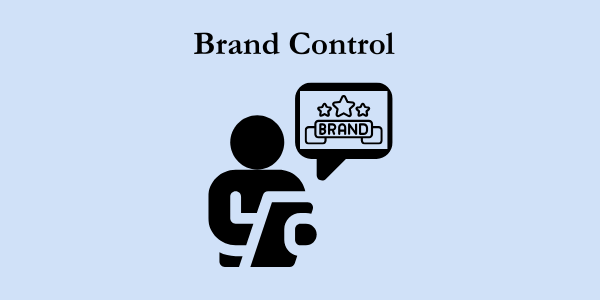
Full Ownership of the Customer Journey:
Customization of Offerings:
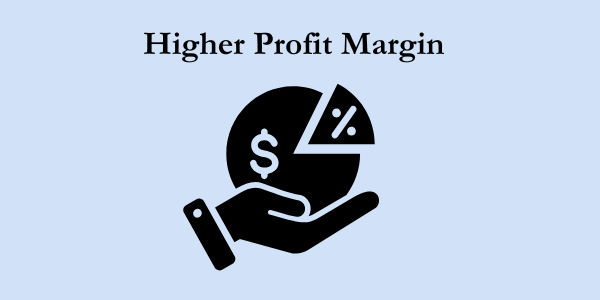
Cutting Out Middlemen:
Dynamic Pricing Opportunities:
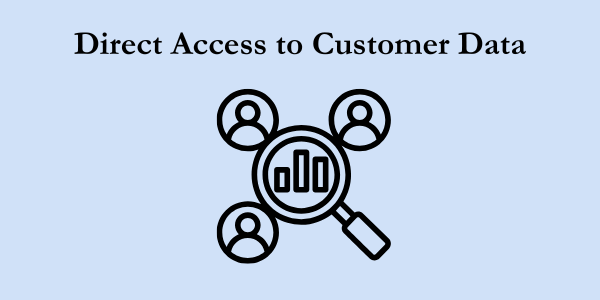
Actionable Insights:
Better Forecasting:
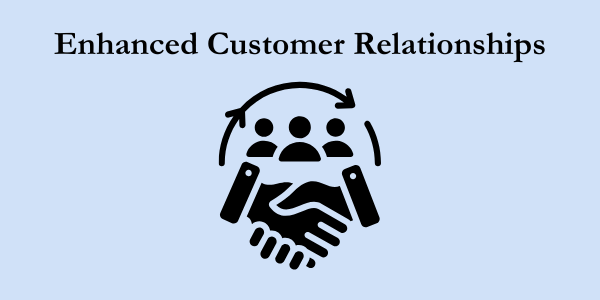
Building Loyalty:
Improved Customer Service:
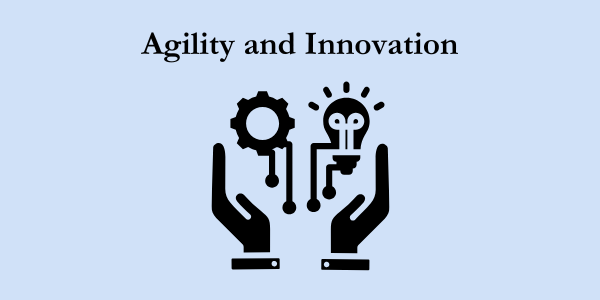
Faster Product Launches:
Adaptability:

Personalized Shopping Journeys:
Transparency:
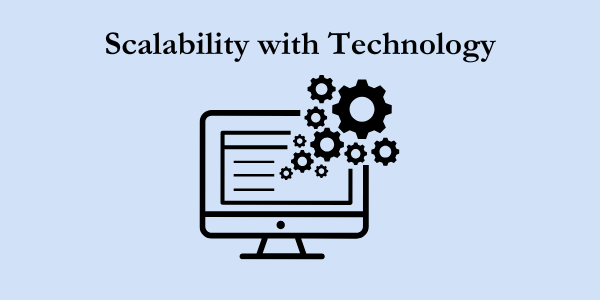
Leverage eCommerce Platforms:
Efficient Marketing:
| Benefit | Key Highlight |
|---|---|
| Brand Control | Consistent messaging and tailored experiences |
| Higher Margins | Reduced reliance on middlemen |
| Customer Data Access | Actionable insights for personalization and forecasting |
| Agility | Fast adaptation to trends and customer feedback |
| Customer Loyalty | Stronger relationships and personalized service |
While the Direct-to-Consumer (D2C) model offers undeniable advantages, it is not without its challenges. Brands that choose to adopt this approach must navigate hurdles such as customer acquisition costs, logistics management, and intense market competition. Understanding these challenges is essential for building a sustainable D2C strategy.
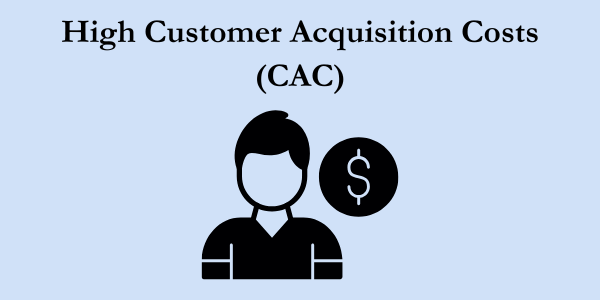
The Cost of Visibility:
Rising Competition:
Mitigation Strategies:
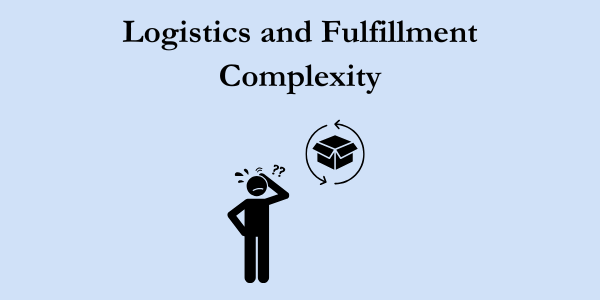
End-to-End Responsibility:
Scalability Issues:
Mitigation Strategies:

Standing Out in a Crowded Market:
Mitigation Strategies:

Lack of Physical Presence:
Potential for Negative Reviews:
Mitigation Strategies:
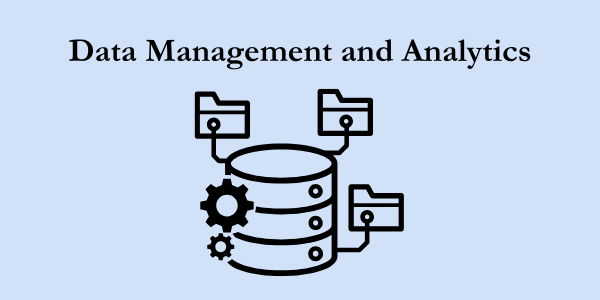
Overwhelming Amount of Data:
Mitigation Strategies:
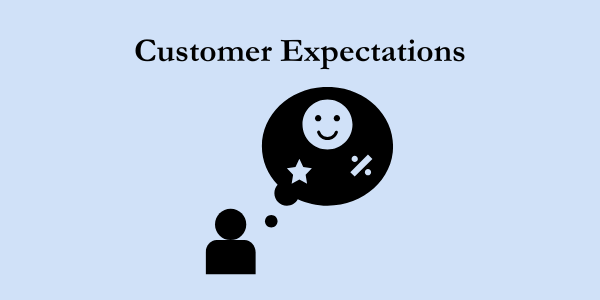
Demand for Exceptional Experiences:
Mitigation Strategies:
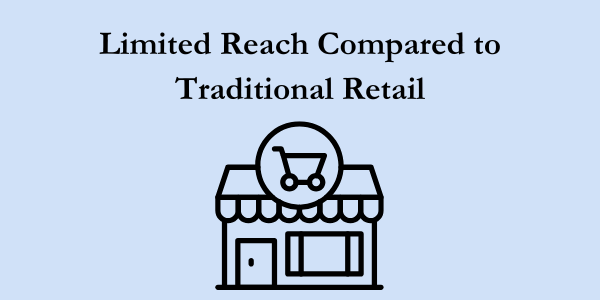
Smaller Customer Base:
Mitigation Strategies:
| Challenge | Impact | Mitigation Strategy |
|---|---|---|
| High CAC | Increased marketing expenses | Focus on organic growth, customer retention, and referrals |
| Logistics Complexity | Errors in fulfillment | Use tools like OneCart and partner with 3PLs |
| Competition | Difficulty standing out | Strong UVP and storytelling |
| Building Trust | Hesitant new customers | Highlight reviews and offer guarantees |
| Data Management | Difficulty leveraging insights | Utilize analytics tools for segmentation |
| Customer Expectations | Increased demands for speed/service | Invest in personalization and customer service tools |
| Limited Reach | Smaller audience pool | Integrate with marketplaces and consider physical events |
Launching a Direct-to-Consumer (D2C) brand offers immense potential for growth and profitability, but it requires a clear strategy and disciplined execution. Here are the key steps to create a successful D2C business:
Why It Matters:
How to Do It:
Why It Matters:
How to Do It:
Why It Matters:
How to Do It:
Why It Matters:
How to Do It:
Why It Matters:
How to Do It:
Why It Matters:
How to Do It:
Why It Matters:
How to Do It:
Why It Matters:
How to Do It:
D2C, or Direct-to-Consumer, is a business model where brands sell products directly to customers without relying on third-party retailers, wholesalers, or marketplaces.
While both models sell to end consumers:
The D2C model is growing due to:
Key advantages include:
D2C brands often face challenges such as:
Key tools include:
Neither model is universally better—it depends on your business goals, target audience, and operational capabilities. D2C is ideal for building direct relationships and maintaining control, while B2C is better for scaling quickly through established channels.
The Direct-to-Consumer (D2C) model empowers brands to connect directly with customers, offering control over branding, pricing, and customer relationships. By bypassing intermediaries, D2C businesses can leverage customer data, create personalized experiences, and achieve higher profit margins. However, this model also comes with challenges such as managing fulfillment, high customer acquisition costs, and standing out in a competitive market. With the right strategy and tools—like OneCart for inventory management, centralized order processing, and analytics—businesses of any size can overcome these challenges and unlock the full potential of the D2C model.
Streamline your operations and delight your customers with OneCart. Start your free trial today and see how easy it is to manage inventory, orders, and analytics all in one place!
Automate & Scale Your Online Business with OneCart
Start a Free TrialUsed by hundreds of merchants in Singapore & Southeast Asia